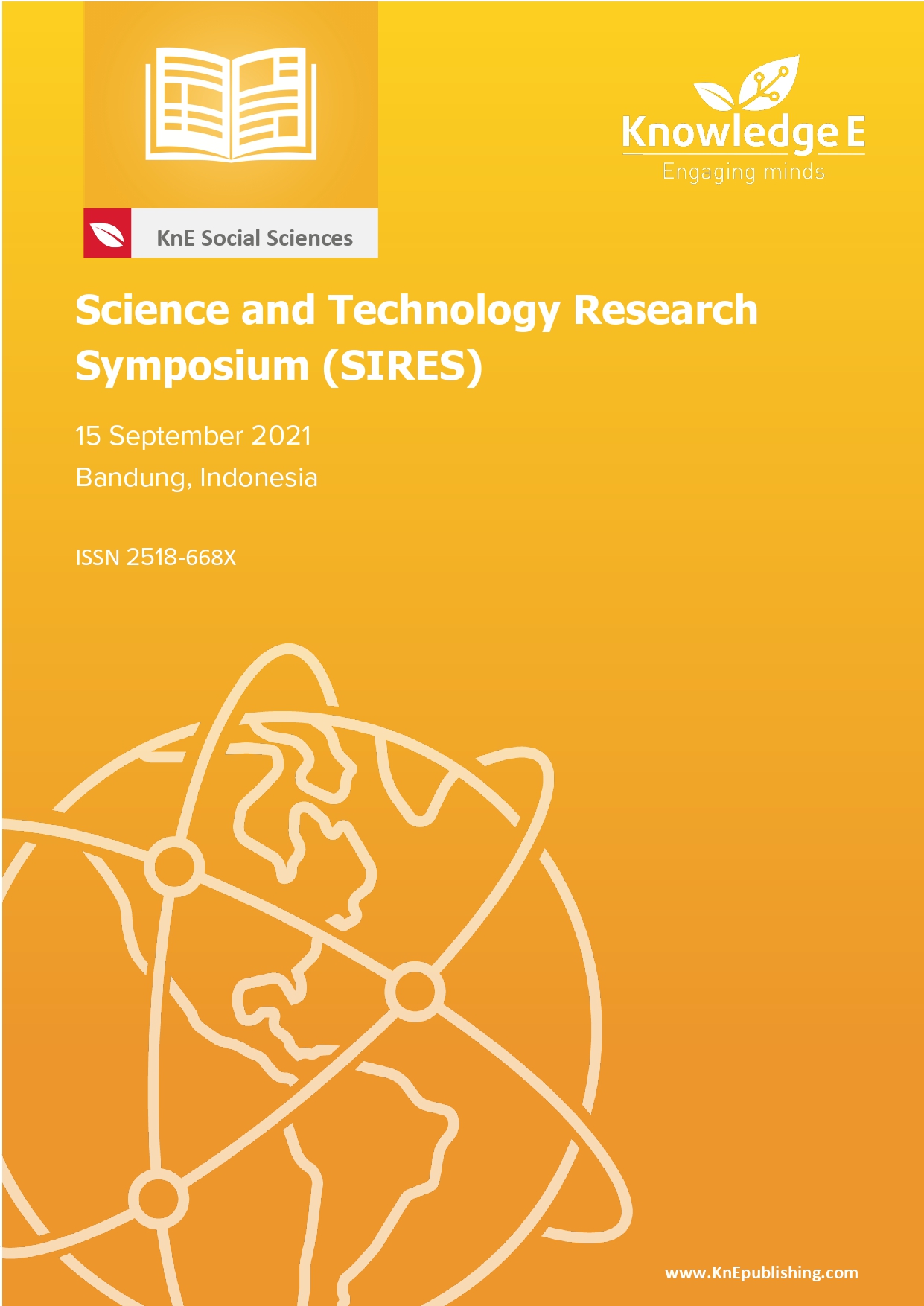Managing the 8 Wastes of Lean at a Higher Education Institution: An ISM-MICMAC Approach
DOI:
https://doi.org/10.18502/kss.v0i0.12318Abstract
A Higher Education Institution (HEI) is required to be more competitive in maintaining its sustainability. The large number of stakeholders of an HEI makes it difficult to be agile in the intense competition. One of the concepts that can be used to improve the agility of an HEI is the Lean philosophy. Lean philosophy focuses on eliminating waste in the process of creating value for stakeholders. Previous research has identified several wastes in the operational activities of an HEI. This study aimed to develop a series of actions to eliminate wastes that have been identified. Interpretive Structural Modelling (ISM) and Matrices Impacts cross-multiplication applique classmate (MICMAC) are employed to model the relationship between wastes based on their mutual influence. ISM forms a hierarchical structure of interrelationships between wastes. Meanwhile, MICMAC will classify wastes based on their level of influence in a cartesian diagram. These models will help to analyze the root cause of the problem so that effective waste elimination actions can be arranged.
Keywords: Higher Education Institution, Lean, Waste, MICMAC, Lean Philosophy
References
[2] Bhamu J, Sangwan KS. Lean manufacturing: literature review and research issues. Int J Oper Prod Manage. 2014;34(7):876–940.
[3] Suárez-Barraza MF, Smith T, Dahlgaard-Park SM. Lean Service: A literature analysis and classification. Total Qual Manage Bus Excell. 2012;23(3-4):359–80.
[4] Ahlstrom P. Lean service operations: translating lean production principles to service operations. Int J Serv Technol Manag. 2004;5(5/6):545–64.
[5] Vignesh V, Suresh M, Aramvalarthan S. Lean in service industries: A literature review. IOP Conf Series Mater Sci Eng: 2016;149.
[6] Rauch E, Damian A, Holzner P, Matt DT. Lean Hospitality - Application of Lean Management Methods in the Hotel Sector. Procedia CIRP. 2016;41:614–9.
[7] Eriksson A, Holden RJ, Williamsson A, Dellve L. A Case Study of Three Swedish Hospitals’ Strategies for Implementing Lean Production. Nord J Working Life Stud. 2016;6(1):105–31.
[8] Bakri M. Implementing Lean Tools to Streamline Banking Operations : A Case Study of a Small Lebanese Bank. Manag Stud Econ Syst. 2019;4:131–44.
[9] Sfakianaki E, Kakouris A. Lean Thinking for Education: Development and Validation of an Instrument Int J Qual Reliab Manage. 2019;36(6).
[10] Procter S, Radnor Z. Teamworking under Lean in UK public services: lean teams and team targets in Her Majesty’s Revenue & Customs (HMRC). Int J Hum Resour Manage. 2014;25(21):2978–95.
[11] Sunder MV, Mahalingam S. An Empirical Investigation of Implementing Lean Six Sigma in Higher Education Institutions. Int J Qual Reliab Manage. 2018;35:2157–80.
[12] Balzer WK. Lean higher education: Increasing the value and performance of university processes. New York: Productivity Press; 2010. https://doi.org/10.1201/EBK1439814659-c1.
[13] Balzer WK, Brodke MH, Kizhakethalackal ET. Lean higher education: successes, challenges, and realizing potential. Int J Qual Reliab Manage. 2015;32(9):924–33.
[14] Sahney S, Banwet DK, Karunes S. Quality framework in education through application of interpretive structural modeling. TQM J. 2010;22(1):56–71.
[15] Kadarova J, Demecko M. New Approaches in Lean Management. Procedia Econ Finance. 2016;39:11–6.
[16] Cudney EA, Venuthurumilli SS, Materla T, Antony J. Systematic review of Lean and Six Sigma approaches in higher education. Total Qual Manage Bus Excell. 2020;31(3- 4):231–44.
[17] Allaoui A, Benmoussa R. Employees’ attitudes toward change with Lean Higher Education in Moroccan public universities. J Organ Change Manage. 2020;33(2):253– 88.
[18] Waterbury T. Learning from the pioneers. Int J Qual Reliab Manage. 2015;32(9):934– 50.
[19] Qayyum A, Manarvi I. Implementation of Lean Thinking in Higher Educational Institutions (HEIs). INTED2017 Proceedings: 2017;1:699–710.
[20] Thomas A, Antony J, Francis M, Fisher R. A comparative study of Lean implementation in higher and further education institutions in the UK. Int J Qual Reliab Manage. 2015;32(9):982–96.
[21] Narayanamurthy G, Gurumurthy A, Chockalingam R. Applying lean thinking in an educational institute – an action research. Int J Prod Perform Manag. 2017;66(5):598–629.
[22] Hartanti L, Mulyana I, Hartiana T. International Journal of Scientific and Technology Research. 2020;9:16–22.
[23] Kazancoglu Y, Ozkan-Ozen YD. Lean in higher education. Qual Assur Educ. 2019;27(1):82–102.
[24] Klein LL, Tonetto MS, Avila LV, Moreira R. Management of lean waste in a public higher education institution. J Clean Prod. 2021;286:125386.
[25] Rawabdeh IA. A model for the assessment of waste in job shop environments. Int J Oper Prod Manage. 2005;25(8):800–22.
[26] Yadav G, Desai TN. Analyzing Lean Six Sigma enablers: a hybrid ISM-fuzzy MICMAC approach. TQM J. 2017;29(3):488–510.
[27] Gunawan I, Vanany I, Widodo E. Typical traceability barriers in the Indonesian vegetable oil industry. Br Food J. 2021;123(3):1223–48.
[28] Jadhav JR, Mantha SS, Rane SB. Development of framework for sustainable Lean implementation: an ISM approach. Journal of Industrial Engineering International. 2014;10(3):1–27.
[29] Lupu AR, Bologa R, Sabau G, Muntean M. Integrated Information Systems in Higher Education. WSEAS Trans Comput. 2008;7:473–48.

